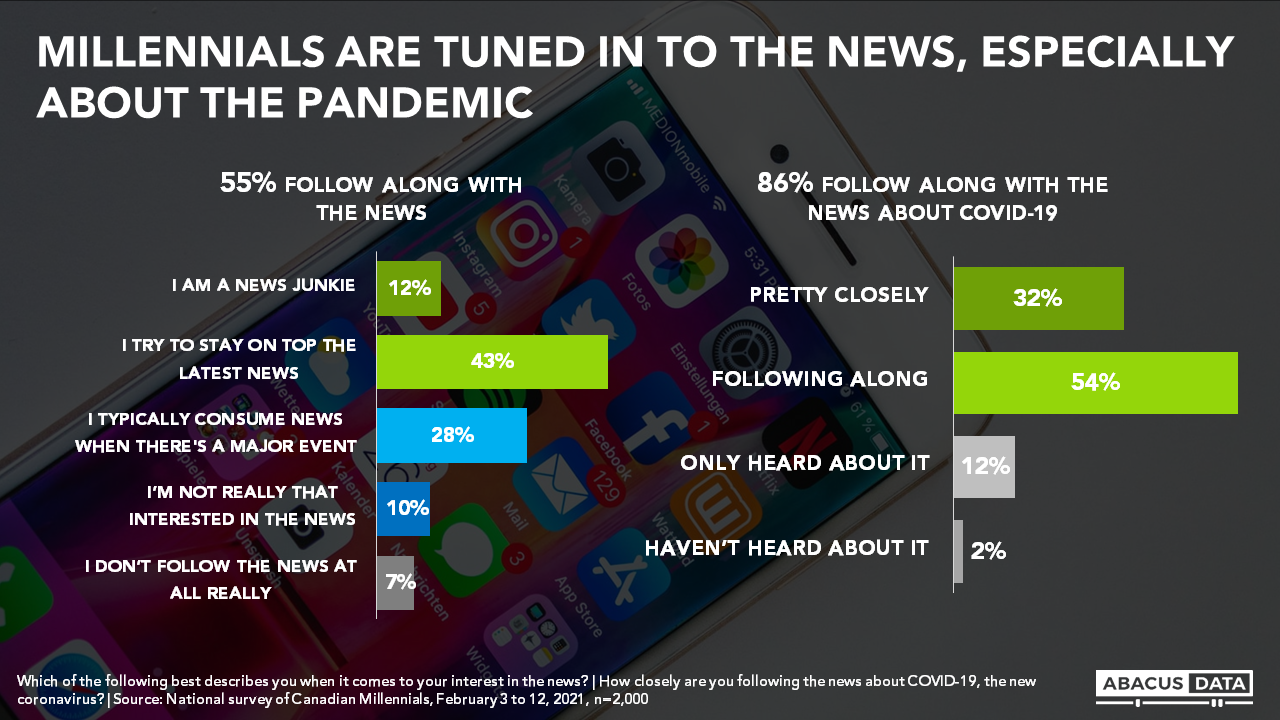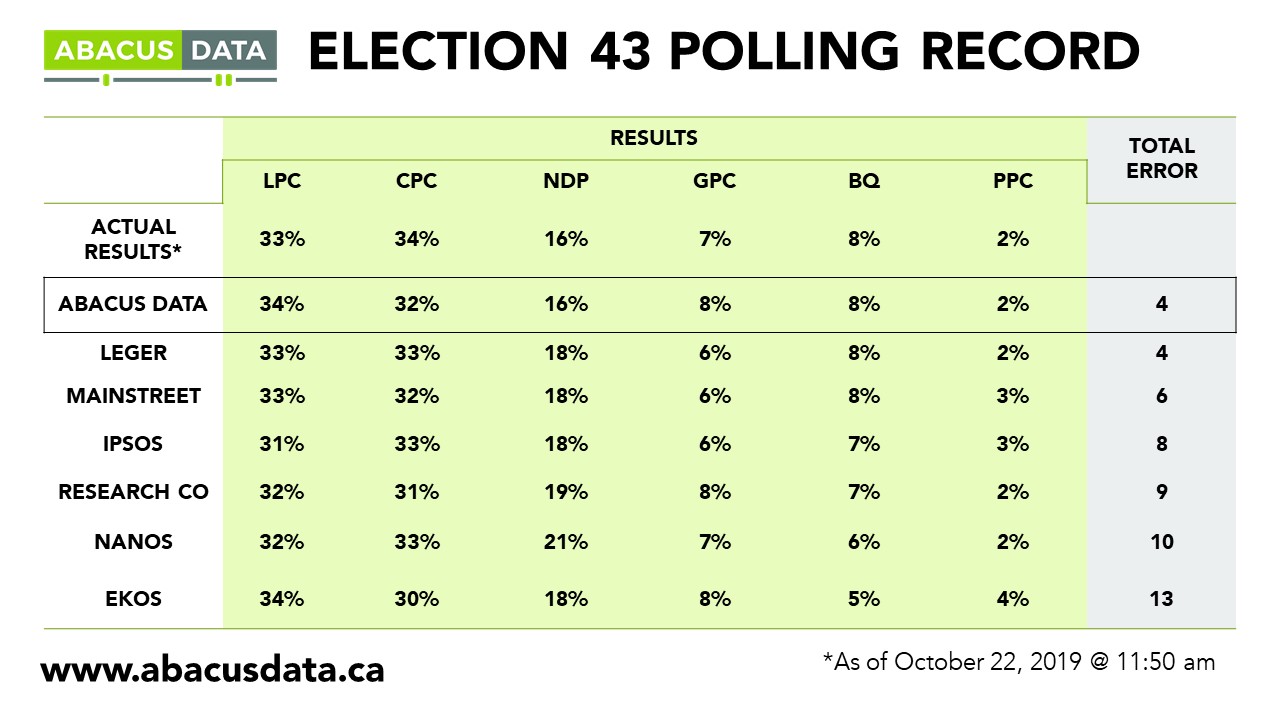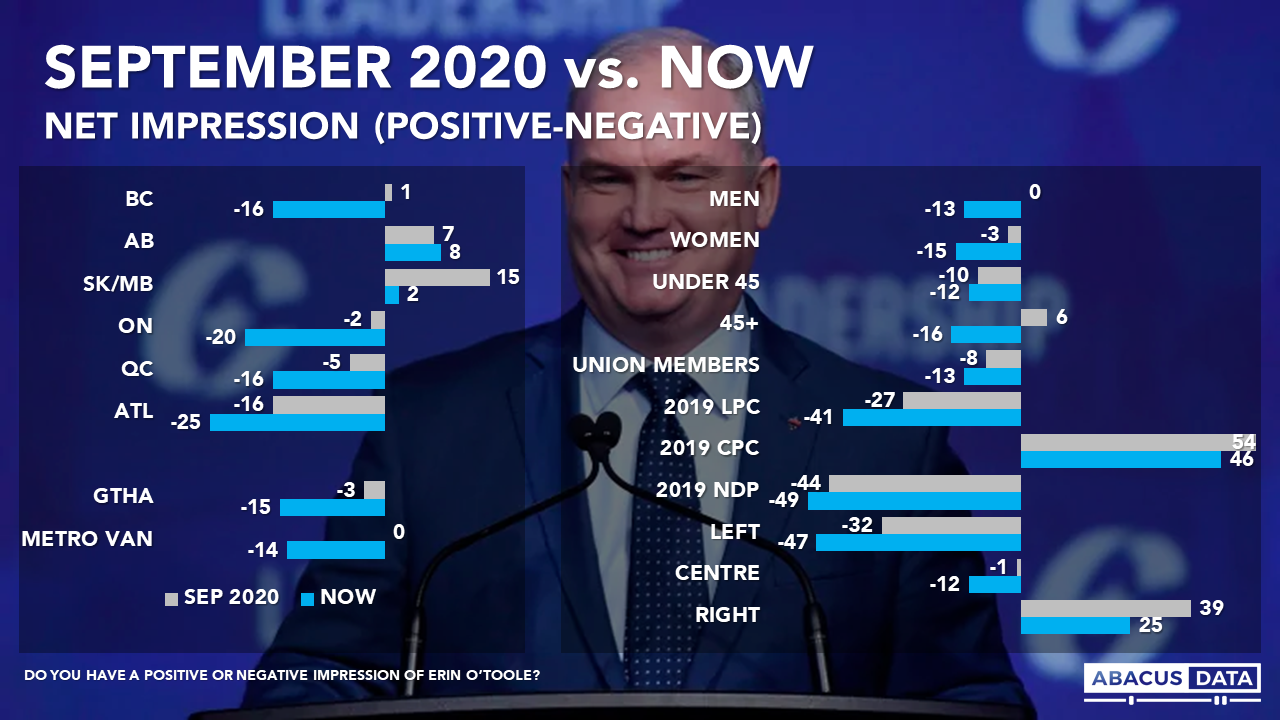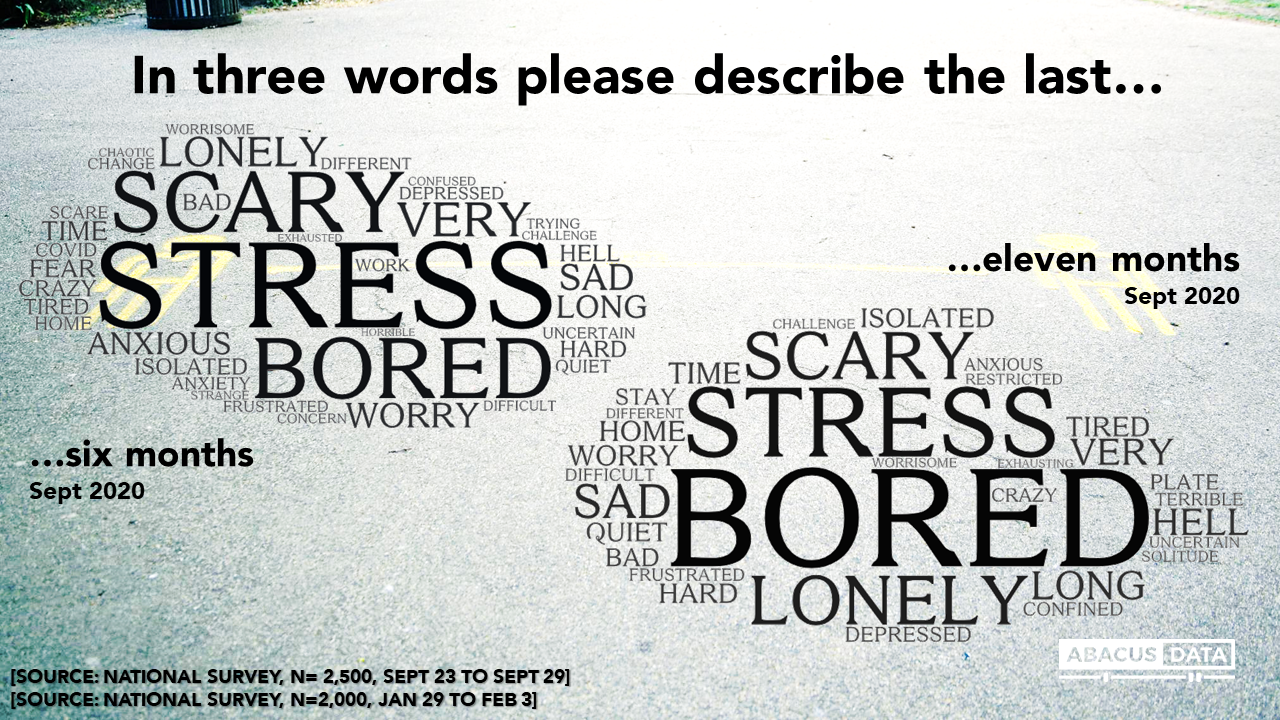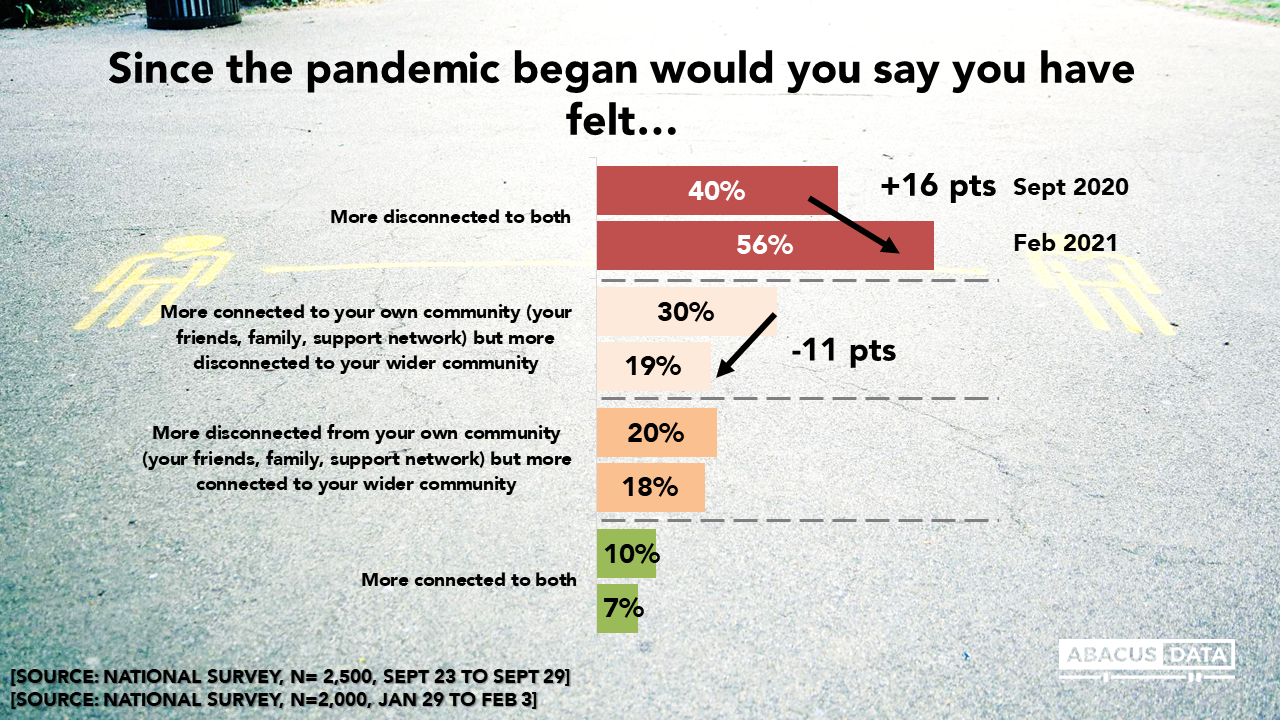How do Canadians like their steak cooked?
Listen to David Coletto’s new podcast inFocus with David Coletto
We all have our bucket list items to do when life gets back to normal. Maybe a well-deserved vacation with sunny beaches, a shopping trip across the border, or a delicious dinner with our loved ones. Personally, we are both eager to get back to the great Al’s Steakhouse in Ottawa and enjoy a medium-rare 16 oz New York Strip with red wine on the side. There is something about the authentic steakhouse experience that makes anybody feel like a kid in a candy shop.
But as the weather warms up and barbeque season starts, many Canadians will be grilling some great Canadian beef.
In an era of hyperpolarization, steak unites Canadians from coast to coast, across party lines and age groups. Whether it’s the medium-rare, medium well, or the bold choice of well-done steak that you prefer, a steak dinner is a treat all year round.
American research firm YouGov asked Americans about their steak preferences in 2019, so we wanted to compare how Canadians like their steak.
We surveyed 1500 Canadians, and here is what we found.
1- A majority of Canadians (61%) like their steak cooked medium or less with medium-rare being the most popular cooking temperature (31%). 17% like their steak cooked well done with another 15% preferring it medium-well.

2- Canadians on average like their steaks cooked less well than Americans.
40% of Americans preferring their steak cooked either well-done or medium-well compared with 32% of Canadians.

3 – Canadians are pretty united regionally and politically on their steak cooking preferences.
Quebec has the highest percentage of Canadians who prefer steak cooked rare (17%), while Atlantic Canadians are most likely to order their steak well-done (23%). Quebec has the most varied taste in steak with higher levels of support for rare and well-done steak with less support for medium-rare and medium-well compared to other provinces. Medium-rare, however, remains the most popular choice across most of the provinces, peaking in British Columbia (39%)
Canadians aged 45 to 59 are more likely to prefer their steaked cooked medium-well or well than others.

There is almost no variation across federal vote choice. Your politics does not seem to impact your preference for steak cooking temperature. Medium rare is the most popular choice in steak across all three of the major parties, with 36% of New Democratic Party supporters, 33% of Conservative Party supporters, and 30% Liberal Party supporters preferring a medium-rare cooking temperature.

4. Younger Canadians are the most likely to avoid steak completely.
Millennial and Gen Z Canadians aged 18-29 are most likely to avoid steak (15%). These findings corroborate previous Abacus Data research where we found 57% of 18–29-year-old Canadians would prefer meat-less alternatives to products such as steak. With the growing trend of dietary changes such as vegetarianism and veganism in response to climate change and the desire to reduce carbon footprint, the demographic differences are generational.

UPSHOT
Canadians love steak and almost everyone has a preference for how to cook it.
But unlike other things that divide the country, steak cooking preferences isn’t one of them. While our preferences are quite varied, Canadians tend to prefer their steaks cooked less than our American friends.
Here’s to a spring and summer of barbeques and perfectly cooked steaks!
Don’t miss any of our research and analysis, plus get our weekly Worth A Look newsletter. Sign up today.
ABOUT ABACUS DATA
We are the only research and strategy firm that helps organizations respond to the disruptive risks and opportunities in a world where demographics and technology are changing more quickly than ever.
Find out more about what we are doing to help clients respond to the COVID-19 pandemic.
We are an innovative, fast-growing public opinion and marketing research consultancy. We use the latest technology, sound science, and deep experience to generate top-flight research-based advice to our clients. We offer global research capacity with a strong focus on customer service, attention to detail and exceptional value.
We were one of the most accurate pollsters conducting research during the 2019 Canadian Election.

Contact us with any questions.
Find out more about how we can help your organization by downloading our corporate profile and service offering.
METHODOLOGY
The survey was conducted with 1,500 Canadian adults from March 19 to 23, 2021. A random sample of panelists were invited to complete the survey from a set of partner panels based on the Lucid exchange platform. These partners are typically double opt-in survey panels, blended to manage out potential skews in the data from a single source.
The margin of error for a comparable probability-based random sample of the same size is +/- 2.6%, 19 times out of 20.
The data were weighted according to census data to ensure that the sample matched Canada’s population according to age, gender, educational attainment, and region. Totals may not add up to 100 due to rounding.


